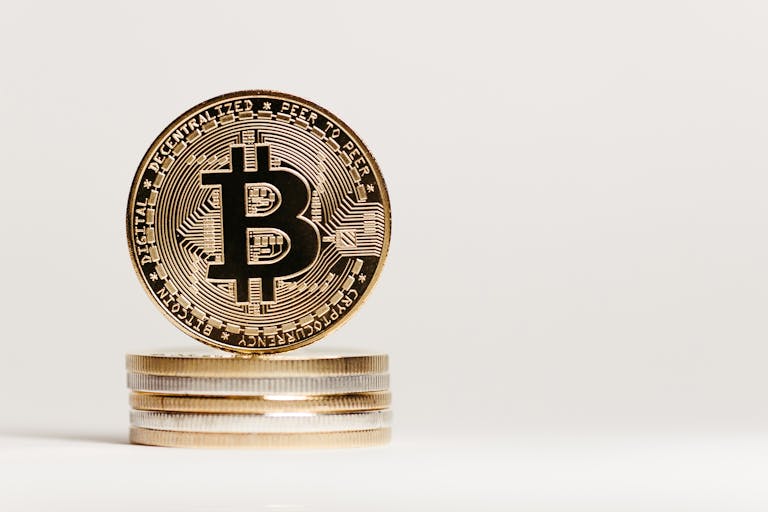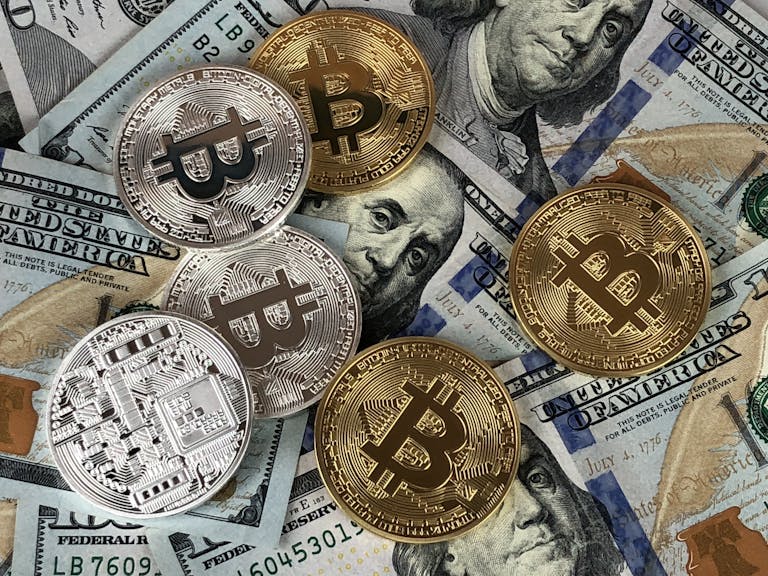How to Trade Altcoins on Kraken: A Step-by-Step Guide
Kraken, one of the oldest and most reputable cryptocurrency exchanges, offers a wide range of altcoins (alternative cryptocurrencies) for trading. Whether you’re a novice or an experienced trader, understanding how to navigate Kraken’s platform and trade altcoins effectively is essential. This guide breaks down the process, from account setup to executing trades, and highlights key considerations for safer and smarter trading.
1. Create a Kraken Account
Before trading altcoins, you need to sign up for a Kraken account.
- Visit the Kraken Website: Go to kraken.com and click "Sign Up."
- Provide Basic Information: Enter your email address, password, and phone number.
- Verify Your Email: Check your inbox for a confirmation link from Kraken.
Once registered, log in to your account and proceed to verify your identity.
2. Verify Your Identity
Kraken requires users to complete KYC (Know Your Customer) verification to comply with regulations.
- Upload Documents: Provide a government-issued ID (e.g., passport or driver’s license).
- Confirm Your Phone Number: Enter a code sent via SMS or email.
- Wait for Approval: Verification typically takes a few minutes to a few hours.
This step allows you to access advanced features, such as higher trading limits and certain altcoin listings.
3. Deposit Funds
To trade altcoins, you need to fund your Kraken account with USD, EUR, or another cryptocurrency.
- Choose a Deposit Method:
- Bank Transfer: Fastest for larger amounts.
- Credit/Debit Card: Quick but may have fees.
- Cryptocurrency Deposit: Transfer assets like Bitcoin or Ethereum to your Kraken wallet.
- Navigate to the "Funds" Section: After depositing, your balance will reflect in the "Balances" tab.
Once funded, you’re ready to trade.
4. Navigate the Trading Platform
Kraken offers two trading interfaces: Kraken Pro (advanced) and Kraken Classic (simpler). For altcoin trading, both are suitable.
- Log in to the Platform: Access the trading interface via the website or the Kraken mobile app.
- Select the Altcoin Pair: Use the search bar or browse the list of available altcoins. Popular altcoins on Kraken include Ethereum (ETH), Binance Coin (BNB), Solana (SOL), and many others.
- Check the Order Book: View buy/sell orders and market depth to understand price trends.
5. Choose an Altcoin to Trade
Altcoins vary widely in use cases, market capitalization, and risk levels. When selecting an altcoin:
- Research: Look into the project’s whitepaper, team, use cases, and market performance.
- Use Kraken’s Market Section: Explore the "Markets" tab to see which altcoins are available.
- Consider Trading Pairs: Most altcoins on Kraken are traded against Bitcoin (BTC) or USD (USD). Some may also be available against Ethereum (ETH) or other stablecoins.
6. Place a Trade
Kraken supports spot trading, margin trading, and futures trading. Here’s how to place a spot trade:
- Select the Trading Pair: For example, "XRP/USD" or "DOGE/BTC."
- Choose an Order Type:
- Market Order: Buy/Sell at the current price.
- Limit Order: Set a specific price for your trade.
- Stop-Limit Order: Set a trigger price to execute a trade automatically.
- Enter the Amount: Decide how much of the altcoin you want to trade.
- Confirm the Trade: Review the details and click "Buy" or "Sell."
Kraken also offers demo accounts for new users to practice trading without real money.
7. Manage Risk
Altcoins are known for their volatility, so risk management is critical:
- Set Stop-Loss Orders: Automatically sell your altcoin if the price drops below a certain level.
- Diversify Your Portfolio: Avoid putting all funds into a single altcoin.
- Monitor Market Trends: Use Kraken’s built-in tools (e.g., charts, technical indicators) to track price movements.
8. Withdraw and Secure Your Altcoins
After trading, consider moving your altcoins to a secure wallet:
- Create a Wallet: Use hardware wallets (e.g., Ledger, Trezor) or software wallets (e.g., MetaMask) for long-term storage.
- Withdraw Funds: Go to the "Funds" section, select the altcoin, and enter your wallet address.
- Avoid Leaving Funds on the Exchange: Exchanges can be hacked, so always store coins offline if possible.
9. Understand Fees and Charges
Kraken charges maker/taker fees for trades, which depend on your trading volume and account tier.
- Check the Fee Schedule: Visit the "Fees" section in your account for details.
- Be Aware of Deposit/Withdrawal Fees: Some altcoins may have higher fees for transfers.
10. Stay Informed and Updated
Cryptocurrency markets are fast-moving. Keep yourself updated by:
- Following News: Use Kraken’s "Research" section or external sources like CoinMarketCap or CoinGecko.
- Using Alerts: Enable price alerts via Kraken’s app or third-party tools.
- Reviewing Market Analysis: Kraken provides insights and educational resources to help traders make informed decisions.
Key Tips for Altcoin Trading
- Start Small: Test your strategy with small amounts before committing larger sums.
- Avoid Hype: Don’t trade based on social media trends alone; do your own research.
- Use Limit Orders for Better Prices: Market orders can lead to slippage during high volatility.
- Check for Regulatory Updates: Altcoin regulations vary by region, so ensure compliance.
Conclusion
Trading altcoins on Kraken is straightforward once you understand the process. By securing your account, researching thoroughly, and managing risks, you can navigate the altcoin market more confidently. Always remember that crypto trading involves significant risks, so never invest more than you can afford to lose. With the right approach, Kraken’s platform can be a valuable tool for exploring the diverse world of alternative cryptocurrencies.
Final Note: Kraken is a regulated exchange, which adds a layer of security, but no platform is immune to market risks. Stay informed, stay cautious, and trade wisely.







